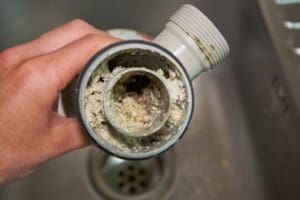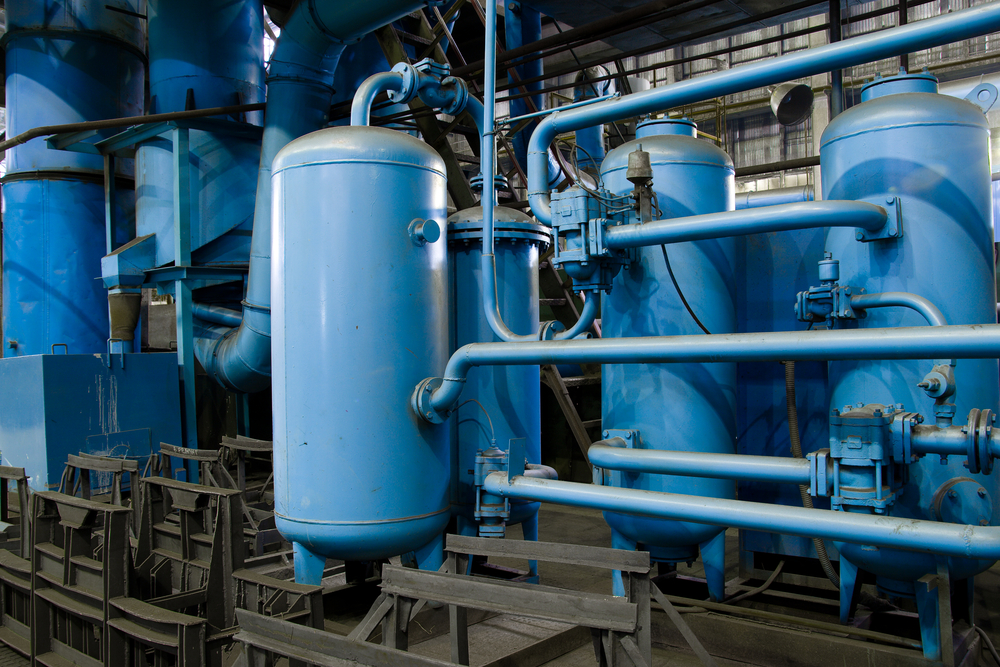Trusted Strategies for Solving Low Water Pressure in Your Home
Trusted Strategies for Solving Low Water Pressure in Your Home
Blog Article
Almost everyone has their own individual idea when it comes to 9 Reasons for Low Water Pressure in Your House.

Low tide pressure in your house can be a frustrating problem, affecting whatever from showering to washing meals. If you're experiencing weak water circulation, there are several possible reasons and solutions to discover. In this guide, we'll review common factors for low tide pressure and functional actions to resolve the concern efficiently.
Intro to Low Water Stress
Low tide stress occurs when the flow of water from your taps, showers, and various other components is weak than common. This can make day-to-day tasks extra tough and less effective. Recognizing the causes of low tide stress is essential to discovering the right solution.
Typical Causes of Low Tide Pressure
Pipeline Obstructions
Over time, pipelines can end up being obstructed with natural resource, debris, or debris, restricting the circulation of water. This is an usual problem in older homes with galvanized steel pipelines.
Deterioration
Deterioration within pipelines can result in leakages and lowered water pressure. Corrosion build-up can tighten water flow, especially in aging plumbing systems.
Faulty Pressure Regulatory Authorities
Stress regulators are accountable for keeping consistent water pressure in your home. If they malfunction, it can result in low tide pressure or uneven circulation throughout the house.
Municipal Supply Of Water Issues
Often, the trouble lies outside your home. Municipal water system concerns, such as main line leakages or upkeep work, can momentarily lower water stress in your area.
Just How to Diagnose Low Water Pressure
Examining Taps and Components
Begin by examining the water pressure at various taps and fixtures throughout your home. If the issue is separated to particular locations, it might suggest localized troubles.
Inspecting Pipes
Inspect noticeable pipelines for indications of leaks, rust, or blockages. Focus on any unusual noises, such as knocking or rattling pipelines, which can suggest problems within the plumbing system.
Consulting with a Plumber
If you're unable to determine the root cause of low water pressure, think about employing a professional plumber to conduct a detailed assessment. They can determine underlying issues and recommend ideal services.
Do It Yourself Solutions to Deal With Low Tide Stress
Cleaning Up Aerators and Showerheads
Natural resources can gather in aerators and showerheads, reducing water flow. Eliminate and clean these parts on a regular basis to boost water pressure.
Flushing Hot Water Heater
Debris accumulation in the hot water heater can restrict flow and minimize performance. Purging the container periodically assists get rid of sediment and preserve ideal efficiency.
Examining Pressure Regulatory Authority
Make certain that the pressure regulator is working correctly. Changing or replacing the regulator can help bring back proper water pressure throughout your home.
Cleaning Clogs in Piping
For minor clogs, try utilizing a plumbing serpent or chemical drainpipe cleaner to clear blockages in pipes. Beware when making use of chemicals and adhere to safety standards.
When to Call a Specialist Plumber
If do it yourself initiatives stop working to settle the issue or if you believe substantial plumbing troubles, it's finest to seek help from a certified plumber. They have the experience and devices to resolve complicated concerns safely and successfully.
Preventive Measures to Preserve Water Pressure
Routine Upkeep
Schedule regular maintenance for your plumbing system to prevent problems such as corrosion, leakages, and clogs. Dealing with minor troubles early can assist prevent even more substantial fixings later on.
Setting Up a Pressure Booster
Think about setting up a pressure booster pump to enhance water stress in areas with regularly low circulation. This can be especially advantageous for multi-story homes or buildings with high-demand fixtures.
Tracking Water Use
Be mindful of water use habits and prevent ill-using the plumbing system. Basic adjustments, such as shocking showers and washing lots, can help keep sufficient water pressure.
Conclusion
Managing low water stress can be aggravating, however recognizing the underlying causes and implementing proper solutions can restore ideal circulation throughout your home. Whether it's cleaning aerators, checking pipelines, or talking to a plumber, taking proactive actions can guarantee a constant supply of water for your day-to-day needs.
FOUR WAYS TO FIX LOW WATER PRESSURE NOW
Turning on a shower or faucet only to find the water comes out in a sad, slow drizzle is never a good feeling. How exactly are you supposed to wash a pan or take a quick shower when it takes 10 minutes just to rinse off a little soap? The good news is that when your water pressure is bad, there's always a cause: typically one that can be easily fixed. Here are some of the most common causes of low pressure and what you can do to fix the issue:
DEBRIS AND MINERAL DEPOSIT BUILDUPS
If you notice low water pressure from just one or two of the fixtures in your house, the problem likely has to do with debris buildup. Water is full of minerals and other debris, all of which can accumulate in your pipes and on your fixtures. This can cause a blockage that affects how much water flows through. To fix this, try filling a small plastic bag with white vinegar, and use a rubber band to hang it around your showerhead or faucet. Let the head of the fixture soak for a few hours, and the vinegar should loosen the deposits.
WATER LEAKS
Leaks are another common cause of low water pressure. If water is flowing out of your plumbing through a hole or crack before it can reach your fixture, the pressure coming out of the faucet or showerhead will be lower. A plumbing professional is your best bet for finding and repairing a leak in your water supply pipes.
Leaks are another common cause of low water pressure. If water is flowing out of your plumbing through a hole or crack before it can reach your fixture, the pressure coming out of the faucet or showerhead will be lower. A plumbing professional is your best bet for finding and repairing a leak in your water supply pipes.
FOUR WAYS TO FIX LOW WATER PRESSURE NOW
Turning on a shower or faucet only to find the water comes out in a sad, slow drizzle is never a good feeling. How exactly are you supposed to wash a pan or take a quick shower when it takes 10 minutes just to rinse off a little soap? The good news is that when your water pressure is bad, there's always a cause: typically one that can be easily fixed. Here are some of the most common causes of low pressure and what you can do to fix the issue:
DEBRIS AND MINERAL DEPOSIT BUILDUPS
If you notice low water pressure from just one or two of the fixtures in your house, the problem likely has to do with debris buildup. Water is full of minerals and other debris, all of which can accumulate in your pipes and on your fixtures. This can cause a blockage that affects how much water flows through. To fix this, try filling a small plastic bag with white vinegar, and use a rubber band to hang it around your showerhead or faucet. Let the head of the fixture soak for a few hours, and the vinegar should loosen the deposits.
WATER LEAKS
Leaks are another common cause of low water pressure. If water is flowing out of your plumbing through a hole or crack before it can reach your fixture, the pressure coming out of the faucet or showerhead will be lower. A plumbing professional is your best bet for finding and repairing a leak in your water supply pipes.
Leaks are another common cause of low water pressure. If water is flowing out of your plumbing through a hole or crack before it can reach your fixture, the pressure coming out of the faucet or showerhead will be lower. A plumbing professional is your best bet for finding and repairing a leak in your water supply pipes.
A VALVE ISSUE
If you have low water pressure throughout your home, check your main shut-off valve to make sure it's completely open. You may also want to see if there's a pressure-reducing valve installed. If there is, have a plumber help you adjust the settings to get the pressure you're looking for.
OTHERS USING WATER
Believe it or not, your low water pressure could be caused by your neighbors. If you notice low pressure at certain times of day, it may be because you and the people living next to you have similar schedules - when everyone is showering at the same time, the pressure will be lower in every home. Low pressure throughout the neighborhood may also be caused by an issue with your municipal water supply. If that's the case, call the supplier to see if they're working on the issue.
https://www.rotorooter.com/blog/water-leaking/low-water-pressure-fixes/

I stumbled upon that blog posting about 10 Reasons for Low Water Pressure in Your House when perusing the web. Do you know about anybody else who is excited by the topic? Take a moment to promote it. Bless you for your time. Revisit us soon.
Call Report this page